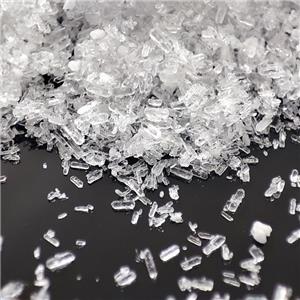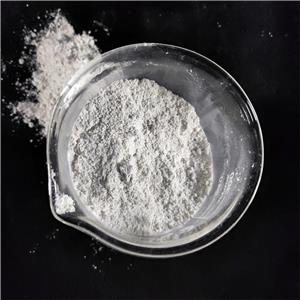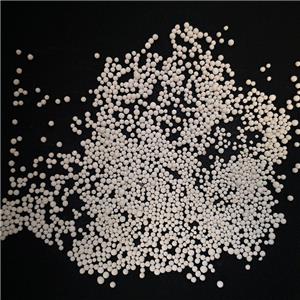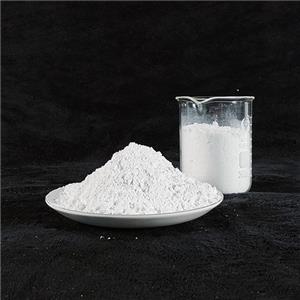How is antimony used in the electronics industry?-2
3. Infrared Detectors & Thermoelectric Materials
Plastic grade antimony trioxide-Based Compounds in Optoelectronics
Certain antimony compounds exhibit exceptional infrared (IR) sensitivity and thermoelectric properties, making them valuable in advanced electronics.
Indium Antimonide (InSb):
Plastic grade antimony trioxide Used in infrared detectors for night-vision systems, thermal imaging cameras, and missile guidance systems.
Plastic grade antimony trioxide Operates effectively in the mid-wave infrared (MWIR) range (3–5 µm), crucial for military and aerospace applications.
Bismuth Antimonide (BiSb) & Other Alloys:
Antimony trioxide for Plastic Used in thermoelectric coolers (TECs) for precise temperature control in laser diodes, CCD sensors, and medical imaging devices.
Future Potential in Quantum Computing
Antimony trioxide for Plastic Recent research explores antimony-based materials (e.g., topological insulators) for quantum computing due to their unique electron transport properties.
4. Flame Retardants in Electronics
Antimony Trioxide (Sb₂O₃) for Fire Safety
Many consumer electronics, including smartphones, laptops, and televisions, incorporate flame-retardant materials to prevent fires. Antimony trioxide is a key additive in these applications.
Synergy with Halogenated Compounds:
When combined with brominated or chlorinated flame retardants, Antimony trioxide for Plastic forms a char layer that inhibits combustion.
Antimony trioxide for Plastic Used in printed circuit boards (PCBs), plastic casings, and cable insulation.
Environmental & Regulatory Considerations:
Due to toxicity concerns, manufacturers are exploring halogen-free alternatives, but antimony-based retardants remain widely used in high-risk applications.
5. Antimony in Soldering Alloys
Enhancing Solder Strength & Reliability
While lead-free solders (e.g., Sn-Ag-Cu alloys) dominate modern electronics, antimony is still used in specialized soldering applications.
Key Benefits:
Higher Melting Point: Improves thermal stability in high-power electronics.
Mechanical Durability: Reduces cracking in joints subjected to stress (e.g., automotive and aerospace electronics).
Conclusion: Antimony’s Enduring Importance in Electronics
Despite being less prominent than other materials, antimony’s unique properties make it indispensable in multiple areas of electronics—from semiconductors and batteries to infrared technology and fire safety. As the industry evolves, research into antimony-based quantum materials and eco-friendly flame retardants could further expand its applications.




